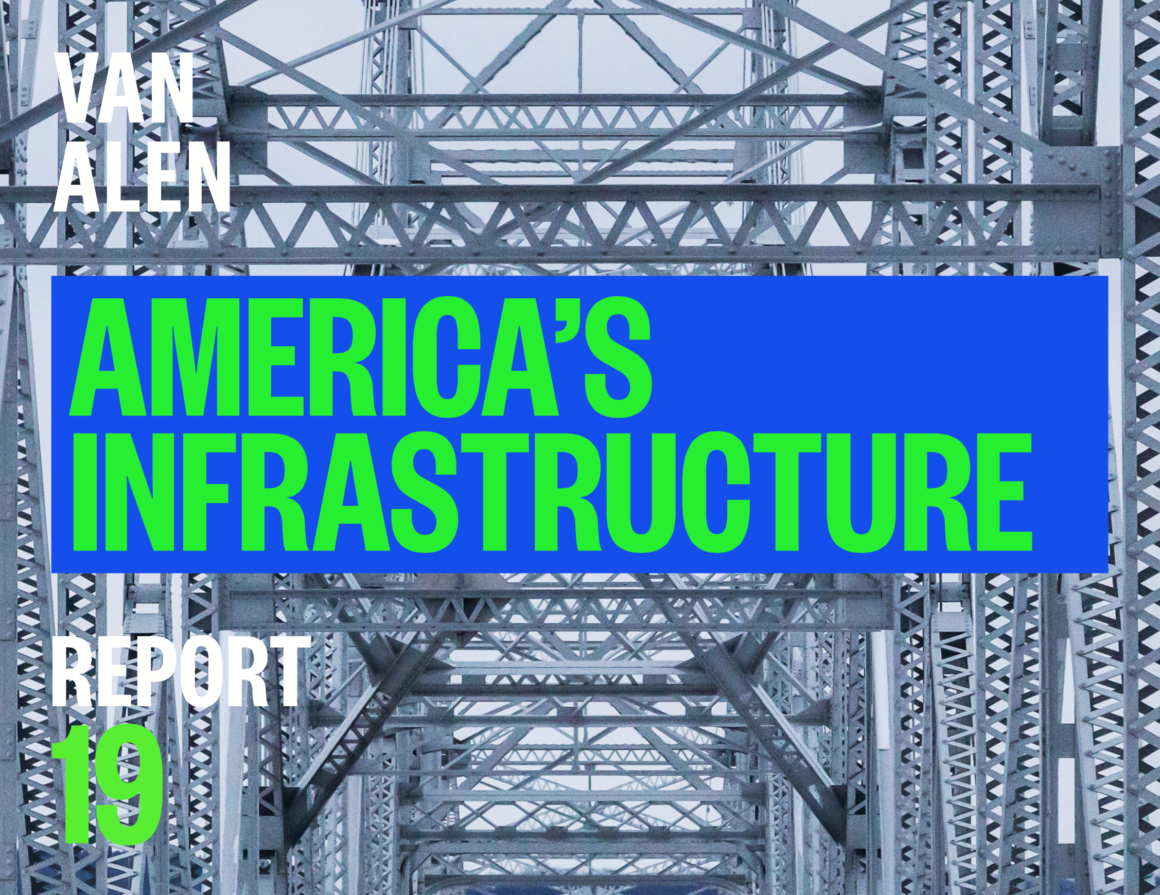
For the first Van Alen Report in twelve years, we examine the dire condition of America’s infrastructure. Experts from various disciplines participate in a sweeping exploration of how leaders may repair the nation’s infrastructure in ways that support better and more just outcomes for all.
Cover: Black Hawk Bridge in Lansing, IA. Built in 1931, the bridge has a sufficiency rating of 39.9%. Of Iowa’s 24,000 bridges one in five is rated structurally deficient – the third worst rating in the United States.
To read this report in PDF format, click the button below.
To explore past issues of Van Alen Report, click the button below.

When Van Alen Institute runs a design competition, teams are connected with various experts and stakeholders throughout the process. We have learned that interdisciplinary collaboration between communities, designers, and other professionals gives design teams a better understanding of both the problems they are working to solve and the complex needs of the communities they aim to serve.
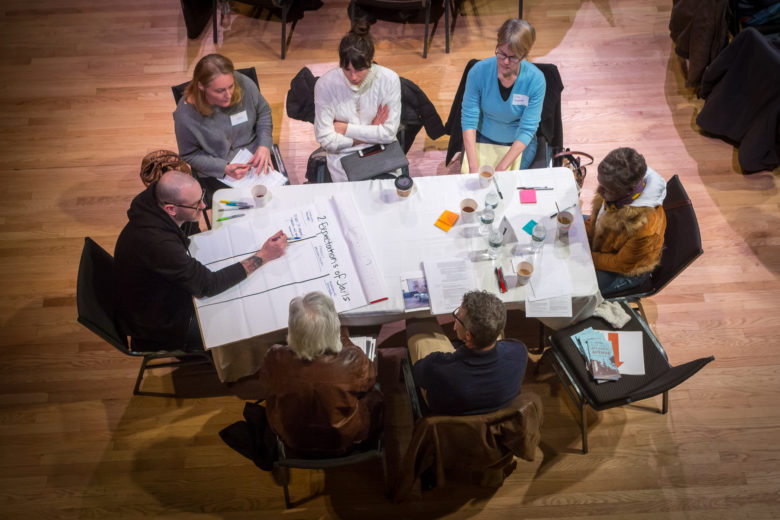
For the first Van Alen Report in twelve years, we are adapting this interdisciplinary model in order to discuss America’s infrastructure crisis. Looking at infrastructure from different perspectives is sensible because infrastructure touches so many different facets of our lives—for better and for worse. As Nicole DuPuis, an expert in urban innovation at the National League of Cities and a contributor to this report reminds us, functional infrastructure “delivers our safe, clean water; it provides the public spaces in which we engage in civic life…; it gets us safely to the places where we live, work, play, and pray.” However, when infrastructure falls apart, economic prospects, social ties, sense of security and wellbeing, and trust in public officials crumbles along with it.
The perspectives gathered here help illuminate a path forward as the United States debates its infrastructure’s repair. But this exercise raises an obvious question: how did we get into this mess in the first place? Throughout the report, the causes of America’s infrastructure crisis are alluded to frequently but no single contributor explores the overall predicament in depth. Therefore, in the introduction, we decided to contextualize the situation as it relates to the perspectives collected.
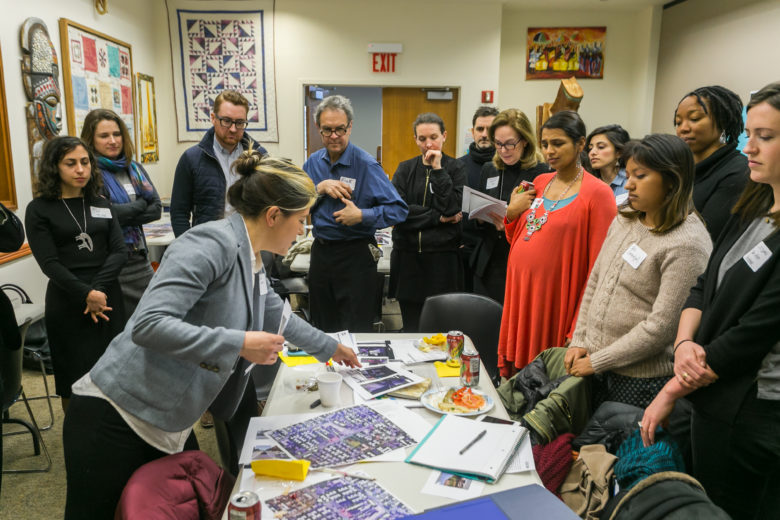
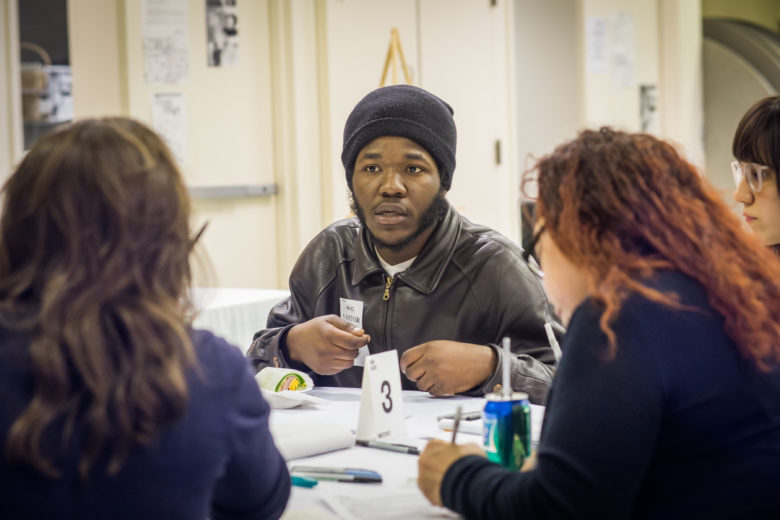
For this report, we haven’t restricted the conversation to a single method of financing, recent technological development, or specific political proposal. Rather our contributors offer insights on how society may approach financing, technology and policy broadly to make smarter decisions about infrastructure—decisions that may result in better and more just outcomes for all.
We hope that as you read the five perspectives presented here, you will appreciate the range of expertise and diversity of opinion. That said, this report is largely focused on improving existing infrastructure. Recent events in Houston have revealed yet again the limits of both the infrastructure we have in place and our ability to conceive the transportation, energy, and water infrastructure needed for the future. To expand this report, we are asking our network of passionate designers, scholars, professionals, and urban thinkers for ideas and strategies to help cities meet the daunting challenge climate change poses. We look forward to hearing from you and sharing your insights.
Andrew Brown, Editor
David van der Leer, Former Executive Director

Much of America’s infrastructure is reaching the end of its lifecycle. About 40 percent of America’s bridges are over 50 years old, and, between 2000 and 2015, the average age of our streets and highways increased from 23 to 28 years. Declining federal support for maintenance and an affinity amongst politicians for ribbon cutting over pothole filling has exacerbated the aging process.
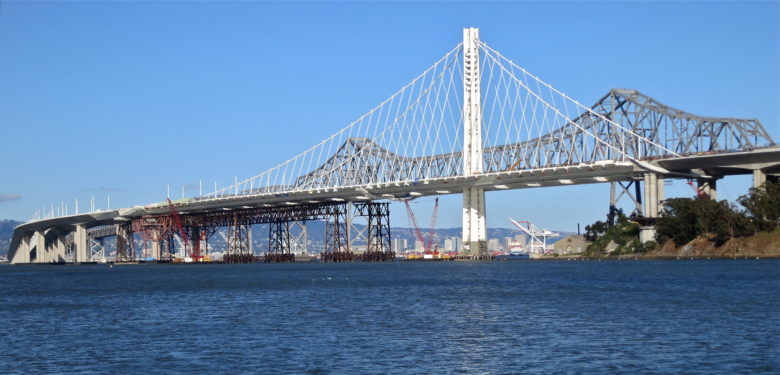
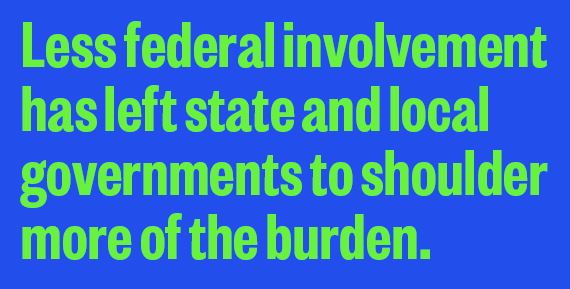
The Highway Trust Fund, the federal government’s fund for transportation infrastructure, is approaching a $180 billion deficit, while its dedicated source of revenue, the federal gasoline tax, has not been raised since 1993. Less federal involvement has left state and local governments to shoulder more of the burden. That said, states sometimes divert their declining gas tax revenues toward non-infrastructure items, leaving local governments to face the problem with only limited and unreliable support from Washington and state legislatures.
The replacement of the eastern span of the San Francisco Bay Bridge serves as the quintessential infrastructure boondoggle. Originally billed at $250 million in 1995, the span ultimately cost taxpayers $6.5 billion. While a simple viaduct would have proven sufficient, Jerry Brown, then Mayor of Oakland, led the charge for a “signature” span, which resulted in the final single tower design. That tower, combined with engineering studies and rising labor and steel costs throughout construction—and a flawed process of cost estimation—dramatically escalated the final price.
To secure money needed for existing infrastructure like municipal water systems or for new projects like automated transportation, many cities and states are initiating public-private partnerships (P3s). Ideally, P3s should balance risks and rewards on both sides, but recent experience suggests all sides should enter with caution. Uber and the city of Pittsburgh dissolved their partnership to bring driverless taxis to the city once it became clear that Uber was unlikely to live up to its commitment to provide job creation, free rides, or support for the city’s federal grant application to improve transportation.
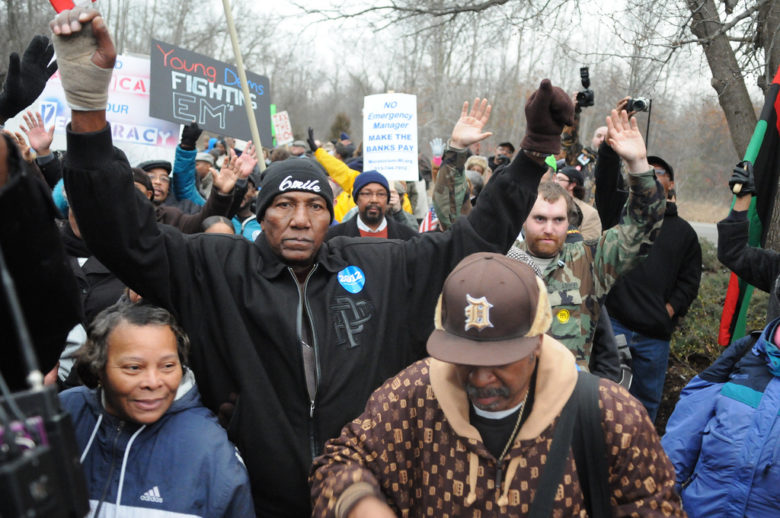
Some cities that completely buckle under mounting cost pressures face a daunting prospect: emergency management. At best, emergency management laws, currently enacted in 19 states, rescue troubled cities from dire fiscal straits. At worst, cost cutting becomes an objective unto itself and local concerns are treated with indifference or contempt. In Flint, Michigan, state-appointed managers decided to save money by drawing the city’s water from the Flint River. The ensuing contamination disaster gave way to a crisis of confidence in government. Many city residents still feel badly mistreated and alienated from the officials charged with protecting their water. Having had a critical piece of its infrastructure compromised, it’s unclear whether Flint will ever fully recover.
Lastly, at a time when oil pipelines are proliferating in North America, and more communities are forced to live with these assets for generations, it is worth asking whether the social benefits of that infrastructure will last nearly as long.

Authorization for the Dakota Access and Keystone pipelines and America’s withdrawal from the Paris Agreement notwithstanding, increased disruption of production, along with developments in alternative energy, raise doubt about the long term usefulness of such projects. Beyond Standing Rock, resistance to pipeline construction has sprung up across the country, and, in his essay for this report, Julian Brave NoiseCat notes the oil industry’s concerns over the impact of resistance on future production. Though gas prices are currently low, so, too, is the price of crude (about $50/barrel). The availability of oil from both OPEC and North America may be driving oil prices toward a new more industry-disruptive normal.
On the consumption side, uncertainty grows. Over 130 American cities joined the Global Covenant of Mayors for Climate and Energy, a significant development given that cities, with their large volumes of cars, produce roughly two-thirds of the nation’s emissions. Their efforts to support cleaner, more energy-efficient commutes will likely be aided by increased numbers of electric vehicles, which are projected by Bloomberg New Energy Finance to achieve price-competitiveness with liquid fuel-based vehicles by 2022. In the solar market, prices have plummeted, spurring the generation of electricity that is clean, cheap, and renewable. Since 2008, battery costs have fallen 80 percent and Tesla plans to produce batteries that can last 215 miles after a single charge. Even as re-authorization of Dakota Access increases supply, we may be witnessing a tipping point in oil demand.
Andrew Brown, Editor
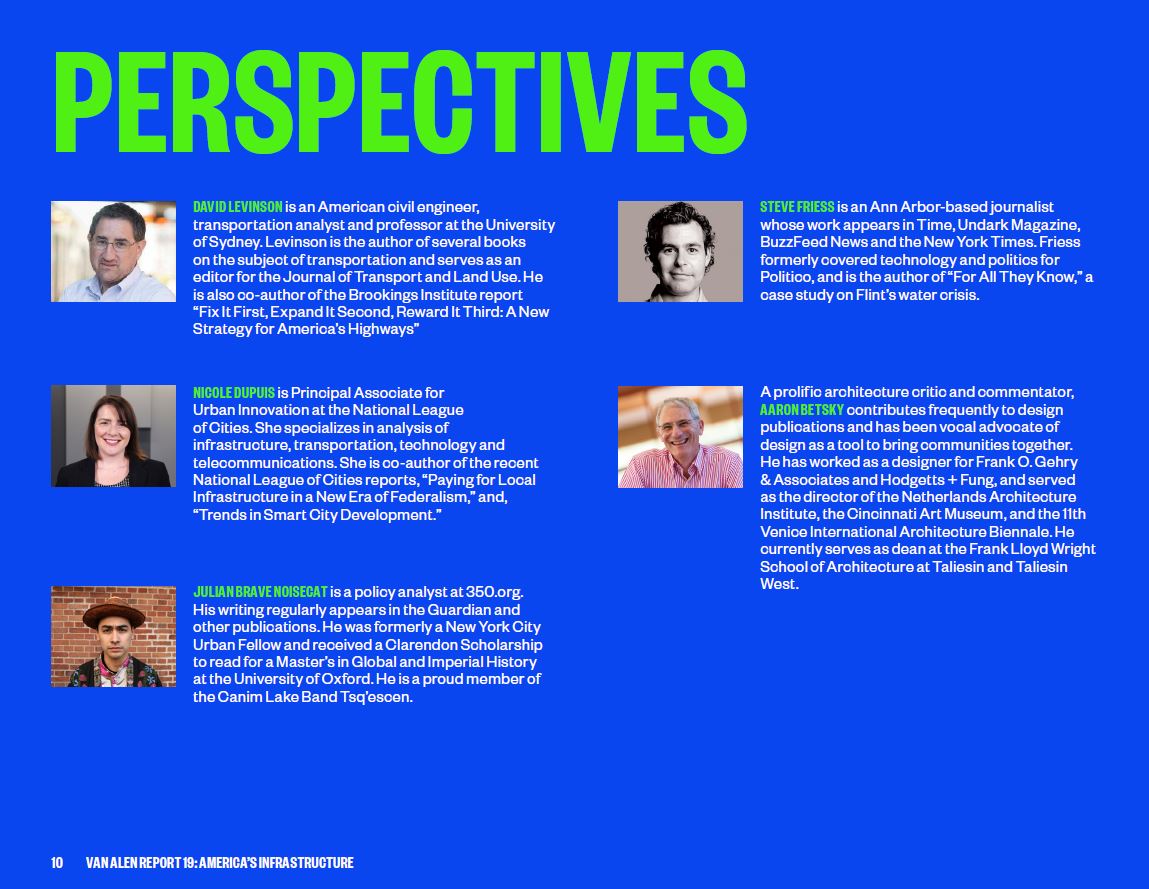
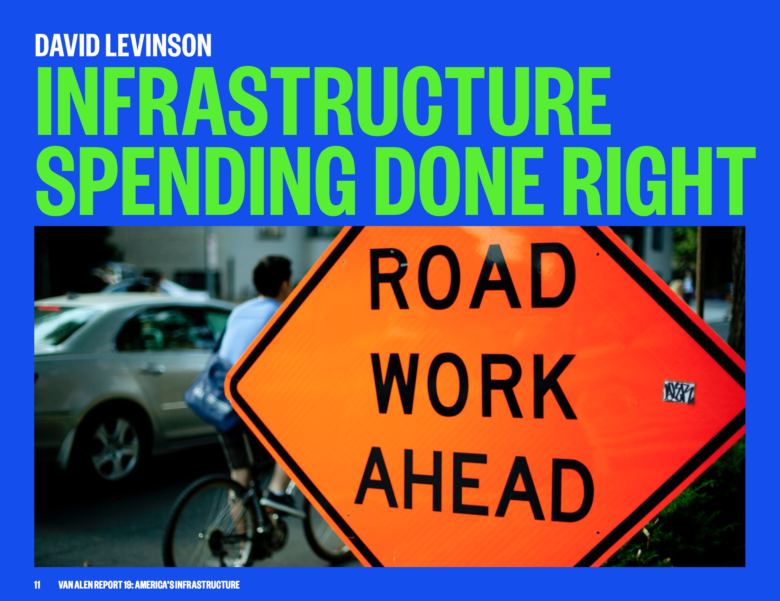
DAVID LEVINSON
Professor of civil engineering at the University of Sydney
Infrastructure spending is often touted as a way to create jobs for the unemployed and stimulate economic growth. But how and where funding is spent frustrates these objectives. David explains how setting the right spending priorities can ensure our infrastructure provides greater prosperity over the long term.
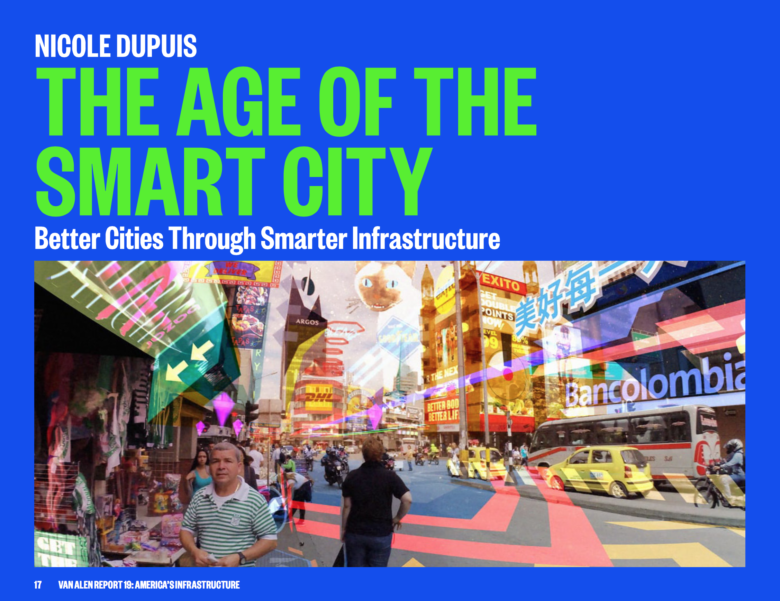
NICOLE DUPUIS
Principal Associate for Urban Innovation in the City Solutions and Applied Research Center at the National League of Cities
Smart city initiatives hold great promise for cities and their citizens. However, realizing the gains and distributing them fairly will not be automatic. Nicole explores the challenges facing city officials who hope to utilize data and new technology to their fullest potential.
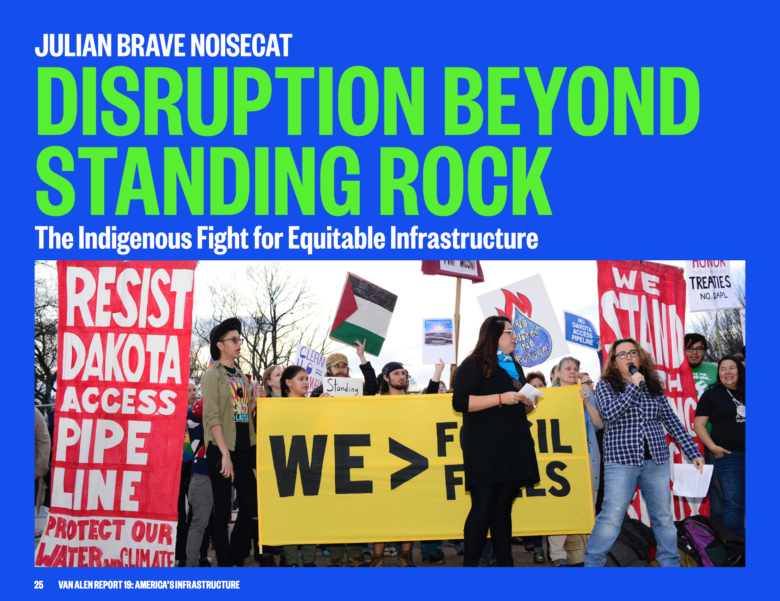
JULIAN BRAVE NOISECAT
Policy analyst at 350.org, former New York City Urban Fellow, writer, and proud member of the Canim Lake Band Tsq’escen.
At Standing Rock, the indigenous community, concerned about the impact of the Dakota Access Pipeline, fought construction of a section they believe threatens their quality of life. Julian explores the conflict over indigenous rights and energy infrastructure and broader concerns about the future of the environment, governance and economics.
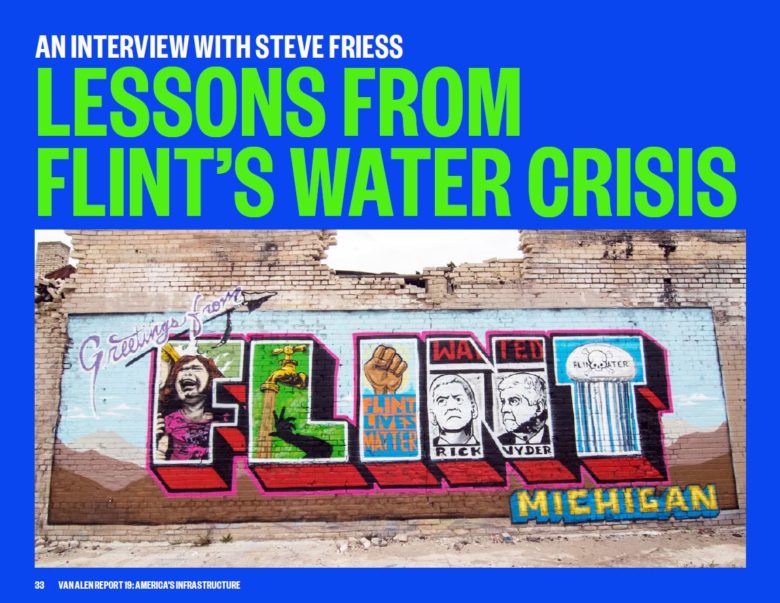
STEVE FRIESS
Journalist and author of “For All They Know,” a case study on Flint’s water crisis
For the city of Flint, Michigan, recovery from the city’s water crisis continues. Lingering public anger and suspicion is a reminder that along with materials, labor and financing, trust is essential to the effective design and delivery of any city service. Steve spoke with us about the challenges to restoring confidence between citizens and public officials.
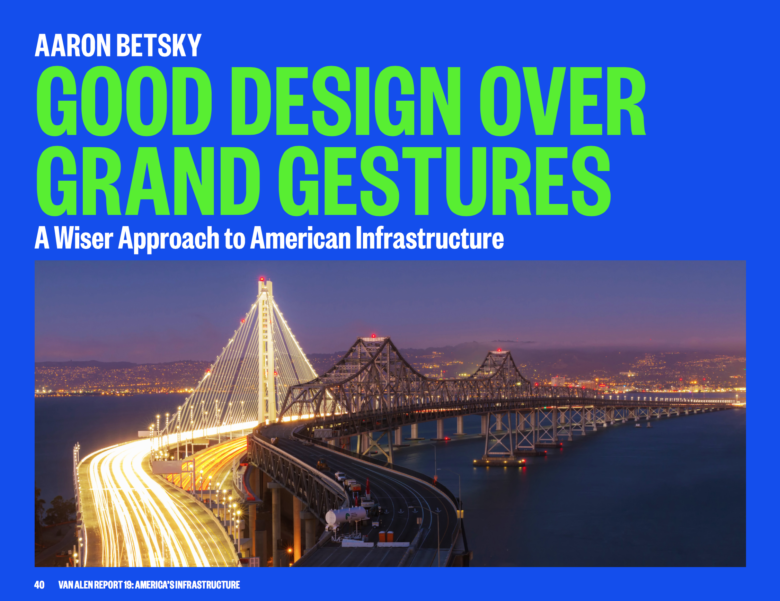
AARON BETSKY
Dean of the Frank Lloyd Wright School of Architecture
Given the scale of America’s infrastructure problem, massive spending initiatives may seem necessary and appealing. But too often the products delivered are marred by cost overruns and delays. For our final perspective, Aaron presents a sweeping vision for how the nation may utilize design and new technology to effectively scale down our approach to infrastructure development without sacrificing impact or ambition.


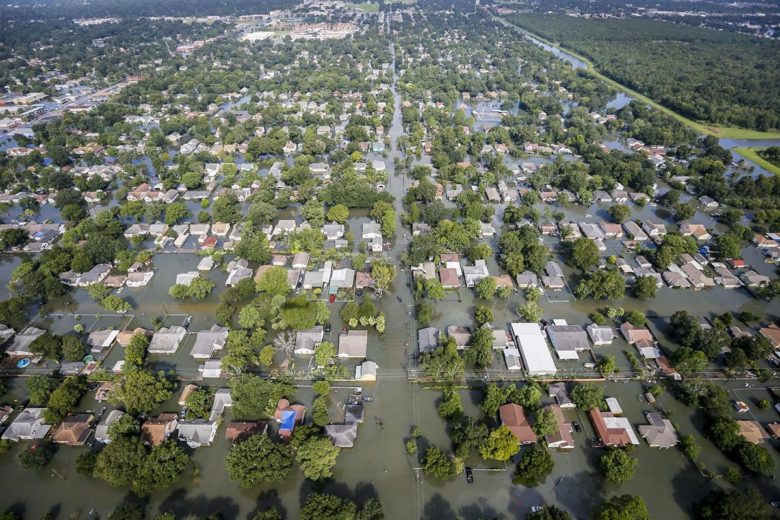
WHAT ARE THE BEST STRATEGIES TO ADDRESS CLIMATE CHANGE?
While this report focuses heavily on systemic policy challenges for development and delivery of quality infrastructure, recent events make it difficult to ignore the growing threat also posed by global warming, sea-level rise and extreme weather.
As cities work to adjust their relationship to water, we want our network of designers, planners, engineers, scientists, and policymakers to send us ideas for how leaders can adapt and protect the critical infrastructure upon which our communities rely. What tools and strategies exist to make heavy infrastructure more resilient and green infrastructure more effective? How can cities secure necessary investment for construction and maintenance? What approaches to community involvement may assure support among all stakeholders and help people – especially those in vulnerable populations – adjust to this new “normal”?
Please send all comments to vai@vanalen.org. A selection of ideas and strategies will be published in an update to this report and sent to Van Alen Report subscribers.


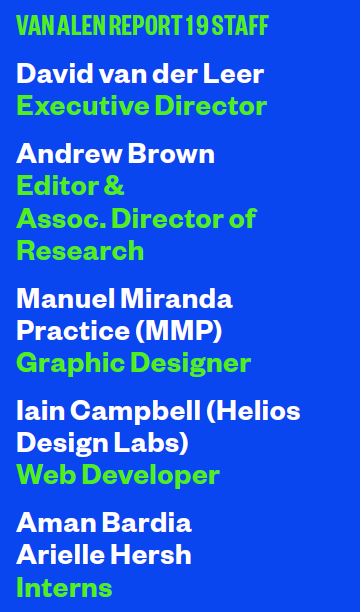
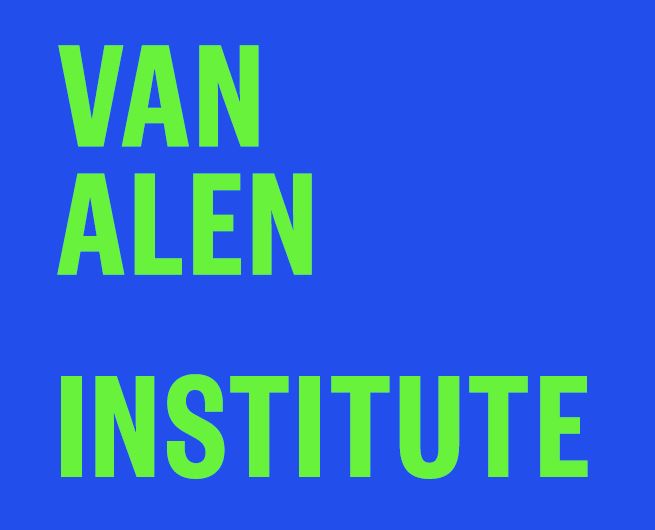
ACKNOWLEDGEMENTS
Mitchell Beer, Smarter Shift
Jonathan Peress, Natural Resource Defense Council
JoElla Straley, National League of Cities
ABOUT VAN ALEN INSTITUTE
Van Alen Institute is a nonprofit organization that has been using design to tackle complex social, ecological, and cultural challenges for over 120 years. Building on this more than a century of experience, Van Alen develops cross-disciplinary research, provocative public programs, and inventive design competitions. Van Alen is devoted to creating new spaces for civic dialogue and developing innovative, implementable solutions to society’s many challenges, which include the effects of climate change, the consequences of gentrification and vacancy, and the impact of our nation’s infrastructure. For more information, please visit past.vanalen.org.